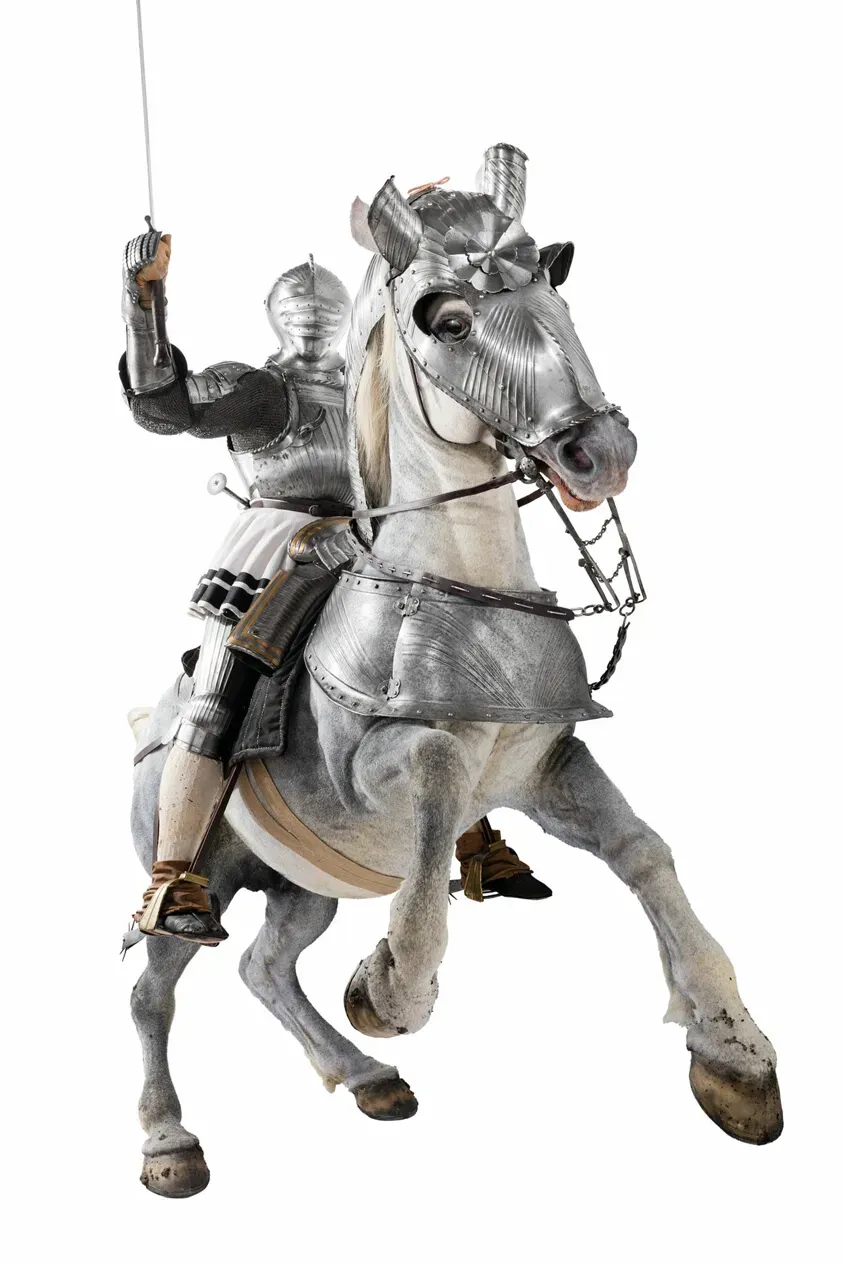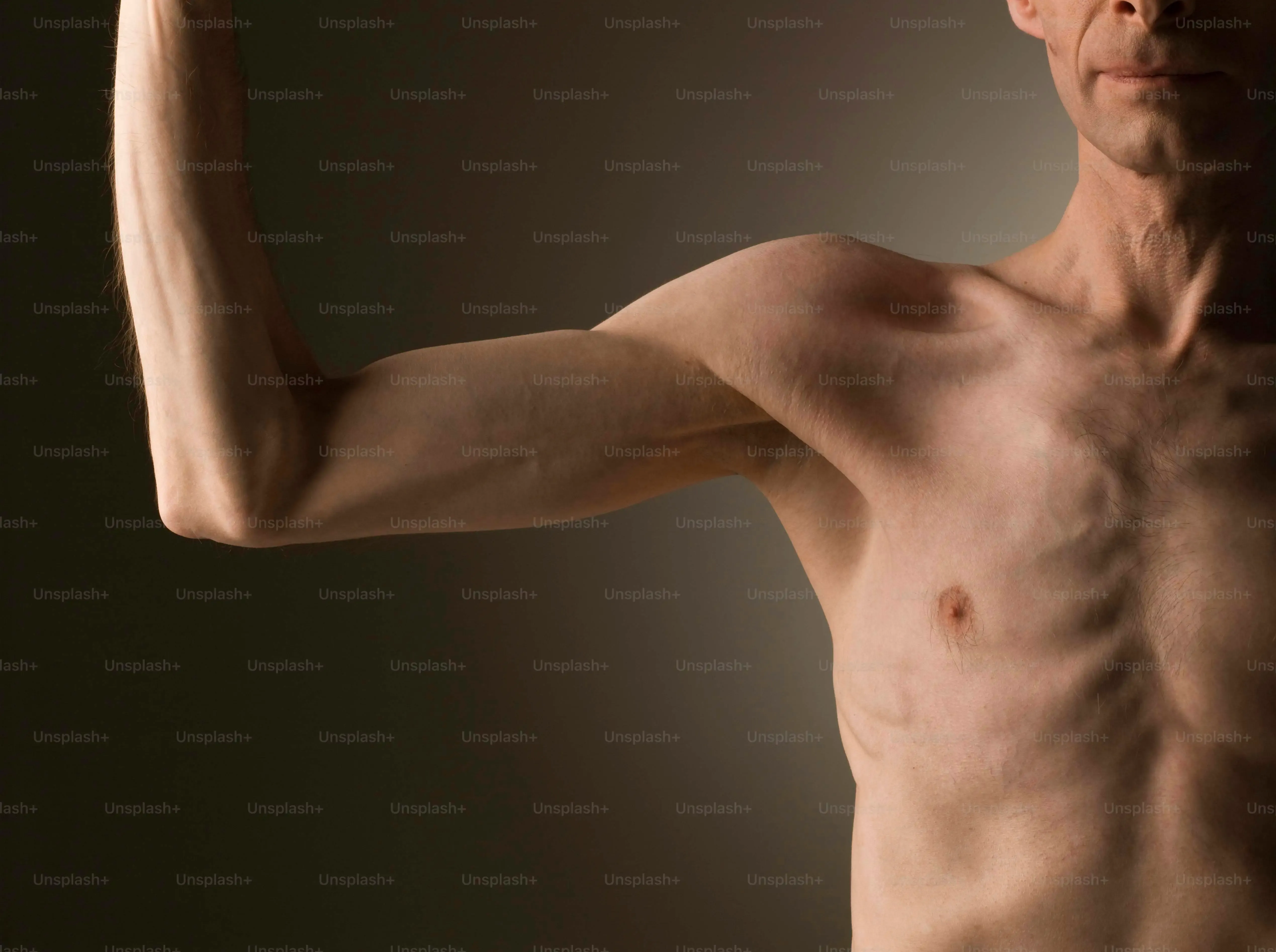Table of Contents
Thinking about building a stronger upper body? Maybe those standard dumbbell or machine exercises feel a little stale. You see people swinging those cannonball-looking weights and wonder if they're just for fancy moves. Let's cut through the noise.
Why Kettlebells Hit Arms and Chest Differently

Why Kettlebells Hit Arms and Chest Differently
It's All About That Off-Center Weight
so you've used dumbbells, barbells, machines. You know the drill. Grab the weight, push or pull. Simple, right? Kettlebells throw a bit of a curveball. Their weight isn't neatly centered in your hand like a dumbbell. It hangs below the handle. This off-center gravity means you're constantly fighting to control the weight, even during seemingly basic moves. This isn't just about lifting; it's about managing an unstable object. For your chest and arms, this means your stabilizing muscles – the little guys often neglected – have to work overtime just to keep the kettlebell from wobbling all over the place. This constant micro-adjustment builds a different kind of strength.
More Than Just Pushing and Pulling
Traditional chest and arm exercises often isolate muscles pretty well. Bench press? Mostly pecs, triceps, front delts. Bicep curl? Just the bicep, right? Kettlebells are trickier to isolate with. Swings, presses, rows – they all involve a chain reaction of muscles. Even a simple kettlebell press requires your core to be locked down, your lats engaged, and your grip solid. This integrated movement pattern means your arms and chest aren't working in a vacuum. They're part of a larger system, leading to more functional strength and better coordination between muscle groups. This is a key reason why kettlebells provide a unique kettlebell arm and chest workout experience.
- **Center of Gravity:** Kettlebell weight hangs below the hand, demanding more stabilization.
- **Integrated Movement:** Exercises engage multiple muscle groups simultaneously, not just arms and chest.
- **Grip Challenge:** The thicker handle and dynamic nature tax forearm and grip strength significantly.
- **Constant Tension:** Controlling the swinging or moving weight keeps muscles under tension longer.
Grip Strength Gets a Serious Workout
Seriously, your grip will thank (or curse) you after a good kettlebell session. The handle is thicker than most barbells or dumbbells, and the dynamic nature of many exercises forces you to hold on tight. This isn't just about forearm aesthetics; a stronger grip translates to better performance on almost every upper body exercise, including your presses and rows for the chest and arms. That constant squeezing and control required to manage the kettlebell's movement means your forearms and the smaller muscles in your hands and wrists are always engaged, adding another layer to your kettlebell arm and chest workout.
Your GoTo Kettlebell Arm and Chest Workout Moves

Your GoTo Kettlebell Arm and Chest Workout Moves
Alright, enough talk about *why* they're different. Let's get down to the actual lifts that make for a killer kettlebell arm and chest workout. You're not just limited to swings and Turkish get-ups, believe it or not. There are specific movements you can integrate into your routine that directly target your pecs and biceps, triceps, and shoulders, often hitting them harder or in slightly different ways than their dumbbell counterparts. We're talking about presses that demand more stability, rows that engage more of your back and grip, and curls that feel surprisingly awkward yet effective at first.
Crafting an Effective Kettlebell Arm and Chest Workout Routine

Crafting an Effective Kettlebell Arm and Chest Workout Routine
So you know *why* kettlebells work differently and you've got a few key moves in your back pocket. Now, how do you actually put it all together into something that makes sense and gets results? Building a solid kettlebell arm and chest workout routine isn't just about doing random exercises until you're tired. It's about smart programming. You need to pick exercises that complement each other, decide on the right number of sets and reps, and figure out how often to hit these muscles. Think about pairing a pressing movement for the chest with a pulling movement for the back (which also works the biceps), or hitting triceps after a heavy overhead press. It's a puzzle, and fitting the pieces correctly makes all the difference in seeing progress.
Getting Stronger: Progressing Your Kettlebell Workouts

Getting Stronger: Progressing Your Kettlebell Workouts
Getting Stronger: Progressing Your Kettlebell Workouts
so you’ve got the basic moves down and you're feeling pretty good about your kettlebell arm and chest workout routine. But what happens when those weights start feeling light? You've got to keep pushing yourself if you want to keep seeing results. Progressing isn't just about adding more weight, though that's definitely one way. You can also increase the number of repetitions you do for each exercise, add more sets to your workout, or shorten the rest periods between sets to build endurance. Another excellent method is increasing the complexity or difficulty of the movements – maybe moving from a two-arm press to a single-arm press, or trying a bottoms-up press which is a real game-changer for stability and grip strength.
Swing Your Way to Stronger Arms and Chest
So, there you have it. Kettlebells aren't just for fancy swings or Turkish Get-Ups (though those are great too). Incorporating a dedicated kettlebell arm and chest workout can challenge your muscles, improve stability, and build real-world strength beyond just looking good in a tank top. It takes a bit more coordination than fixed machines, sure, but the payoff in terms of integrated strength and movement quality is significant. Give these moves a shot, build your routine, and stick with it. You might just find that cannonball is exactly what your upper body routine was missing.